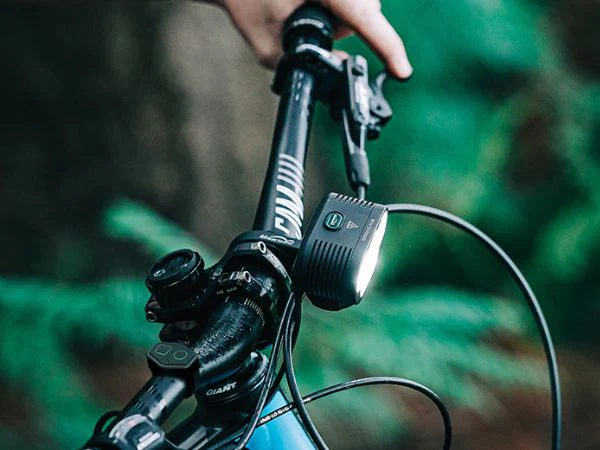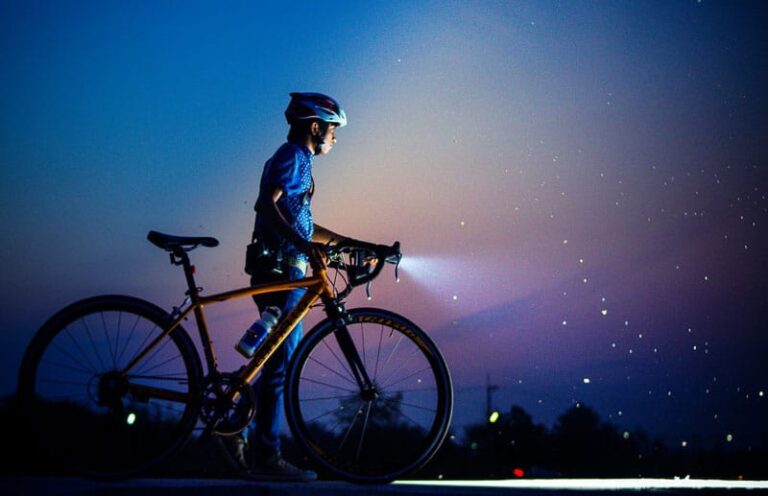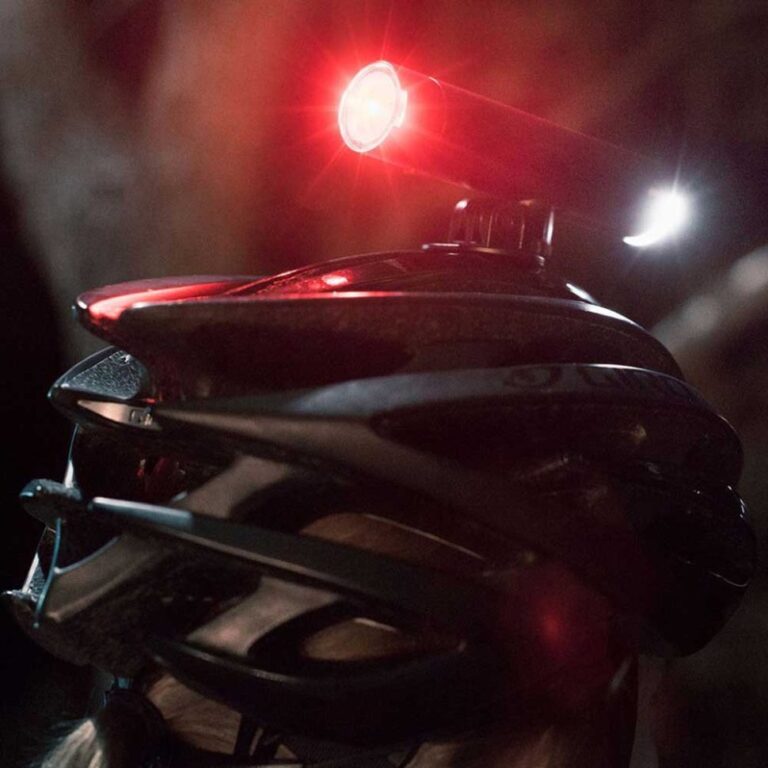Choosing the Right Bicycle Light for Night Riding: Illuminating Your Ride
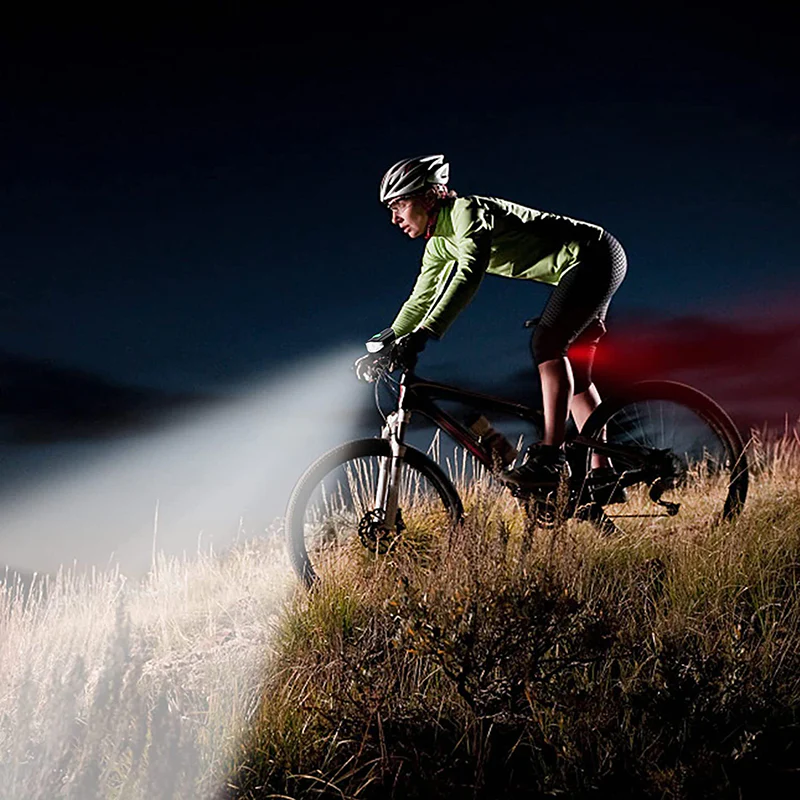
Key Point Summary of Choosing the Right Bicycle Light for Night Riding:
- Understand the Types of Lights: Know the difference between front, rear, and ambient lights.
- Brightness is Key: Look for lights measured in lumens to ensure sufficient visibility.
- Battery Life Matters: Consider the duration of your rides and choose a light with adequate battery life.
- Mounting Options: Ensure the light can be securely attached to your bike or helmet.
- Visibility Angles: A wider angle can improve your visibility to others.
- Light Modes: Multiple modes (steady, flashing) can help you manage battery life and visibility.
- Durability and Weather Resistance: Opt for lights that can withstand the elements and rough riding conditions.
Choosing the right bicycle light for night riding is crucial not just for your visibility but also for your safety. As someone who’s pedaled through the dark on mountain trails, gravel paths, and city streets, I’ve learned the hard way that not all lights are created equal. This article aims to shed some light (pun intended) on how to select the best bicycle light for your nocturnal adventures, ensuring you remain visible and can see where you’re going, no matter where the ride takes you.
Riding through the darkness brings a unique sense of tranquility and adventure to cycling. Whether it’s a crisp evening descent on a mountain bike trail or a serene night-time cruise on a gravel path, having the right light can make all the difference. Here’s what I’ve learned about choosing bike lights, peppered with a few anecdotes from my years of cycling at night.
The Illuminating Truth About Bicycle Lights
The first time I ventured out for a night ride without adequate lighting, I found myself squinting to decipher the trail ahead. It was a clear, moonlit night, and I thought my basic front light would suffice. I was wrong. The trail’s twists and turns were masked in shadow, making navigation a guessing game. It was a lesson learned; not all lights are equipped to reveal what lies in the darkness.

Brightness: Lumens Count
When it comes to lights, lumens are the measure of brightness you should pay attention to. For city riding, where street lights provide some illumination, a front light ranging from 100 to 500 lumens might be sufficient. However, for unlit roads or trails, you’ll want something more powerful—600 lumens and up—to really light up your path.
Beam Pattern: Spot vs. Flood
The beam pattern is another critical factor. Spot (focused) beams are great for high speeds or dark, narrow paths, as they illuminate further ahead. Flood (wide) beams, on the other hand, cover a broader area, making them ideal for slower speeds and providing a better peripheral view. Some lights offer a combination beam, which I’ve found to be incredibly versatile for mixed riding conditions.
Battery Life and Charging
Battery life is paramount, especially on long rides. There’s nothing more disheartening than your light dimming to a whisper when you’re miles from home. Rechargeable lights have been a game-changer for me, offering hours of illumination and easy charging via USB. Always check the runtime at various brightness levels to ensure it matches your needs.
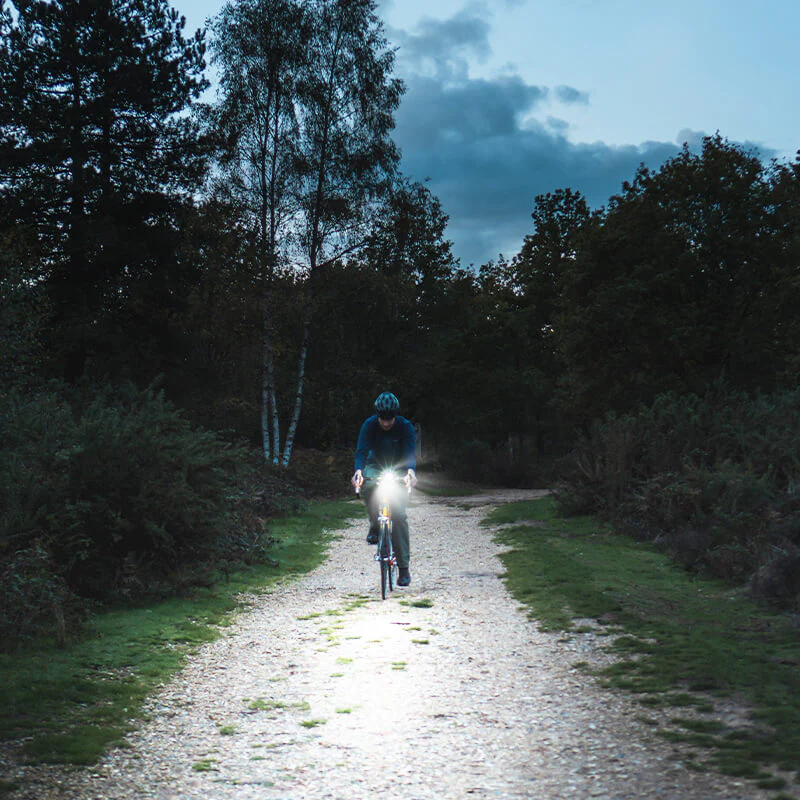
Durability and Weather Resistance
I once had a light fail during a downpour, halfway through a gravel ride. It wasn’t just inconvenient; it was unsafe. Since then, I’ve made sure to invest in lights with high IPX ratings for water and dust resistance. Durability is also crucial—look for lights that can withstand the inevitable bumps and vibrations of riding.
Visibility: Not Just About Seeing, But Being Seen
While front lights help you see, rear and ambient lights are about being seen. A flashing rear light is essential for alerting motorists and other cyclists to your presence. I also recommend additional lights or reflective materials on your helmet, bike, or clothing, as they can significantly enhance your visibility from all angles.
Mounting: Flexibility and Security
The ease of mounting lights can greatly affect your willingness to use them. Look for lights with secure, yet easy-to-use mounting systems. Quick-release mounts have saved me time and frustration, especially when switching lights between bikes. Some riders prefer helmet-mounted lights for their directional advantage, which can be particularly useful on twisty mountain bike trails.

Night Riding: A Personal Reflection
Choosing the right bicycle light goes beyond just picking the brightest option. It’s about finding the right balance between visibility, battery life, and durability to suit your riding style and environment. I remember a night ride where my well-chosen front and rear lights not only illuminated my path through a dense forest but also alerted a crossing deer to my presence, preventing a potential collision. It was a vivid reminder of how essential proper lighting is—not just for seeing but for being seen.
In another instance, during a night race, my choice of a high-lumen light with a broad beam pattern made navigating the technical sections of the course much less daunting, allowing me to focus on my performance rather than worrying about what lay in the shadows. It underscored the importance of selecting a light that complements your riding conditions and goals.
Final Thoughts
Night riding opens up a new dimension of cycling, offering quieter roads, cooler temperatures, and a unique perspective on familiar routes. The right bicycle light not only enhances your ability to enjoy these rides but also ensures your safety and the safety of those around you. Through trial and experience, I’ve learned that investing in high-quality lighting is as crucial as selecting the right bike itself. As you venture into the night, let your light be your guide, illuminating the way to new adventures and safe returns.
Selecting the top bicycle lights involves considering factors like brightness, battery life, durability, and ease of use. Based on these criteria and keeping in mind the varied needs of cyclists, here are three of the best bicycle lights that have consistently received high marks from users and experts alike. These recommendations are suitable for a wide range of cycling activities, from urban commuting to adventurous night riding on trails.
1. Garmin Varia RTL515 Rearview Radar with Tail Light
Why It Stands Out: The Garmin Varia RTL515 isn’t just a light; it’s a safety innovation. It combines a bright tail light with a rearview radar, which alerts you to vehicles approaching from behind, up to 153 yards away. This light is ideal for cyclists who spend a lot of time on busy roads and want an extra layer of safety. The tail light is bright and visible in daylight, and it offers several modes, including solid, night flash, and day flash, with up to 16 hours of battery life in day flash mode.
2. Lezyne Mega Drive 1800i
Key Features: The Lezyne Mega Drive 1800i offers an impressive 1800 lumens of output, making it perfect for night rides in areas without street lighting. Its robust design and excellent heat dissipation make it a reliable companion for long rides. The light features multiple modes to suit different riding conditions, including two daytime flash modes that enhance visibility. With USB rechargeable battery and up to 148 hours of runtime in femto mode, it’s designed for endurance. The inclusion of an optional remote switch allows for easy mode changes without removing hands from the handlebars.
3. Cygolite Metro Plus 800 USB
What Makes It Special: The Cygolite Metro Plus 800 USB strikes a perfect balance between power, portability, and price. With 800 lumens, it provides ample light for most urban and trail-riding conditions. It features nine modes, including steady, flashing, and daylighting modes, allowing riders to optimize visibility and battery life. The enhanced cycling optics cast a wide beam that illuminates the path ahead and your immediate surroundings, improving safety. It’s USB rechargeable, with a quick charge feature, and offers up to 115 hours of runtime on a single charge.
John

FAQ
How bright should a bike light be for night riding?
For urban riding with some street lighting, around 500 lumens is often sufficient. For darker, rural, or off-road conditions, 800 to 1000 lumens or more is recommended.
What lights do I need on my bike at night?
You need a front light to illuminate your path and make you visible to others, and a rear light (usually red) to make you visible to traffic coming from behind. A rear light that flashes can enhance your visibility.
Is 1000 lumens enough for night riding?
Yes, 1000 lumens is typically more than enough for most night riding situations, providing excellent visibility on unlit roads and trails.
Is 500 lumens enough for night riding?
Yes, 500 lumens can be sufficient for urban riding and areas with some ambient light, but it may not be adequate for completely dark, off-road trails.
Is 800 lumens enough for night riding?
Yes, 800 lumens is generally enough for a wide range of night riding conditions, offering good visibility in both urban and rural settings.
What is a good amount of lumens for a bike light?
A good amount of lumens for a bike light varies depending on the specific riding conditions. For city riding, 500 to 800 lumens usually suffices. For darker or off-road conditions, 800 lumens or more is advisable, with 1000 lumens being ideal for very dark environments.

